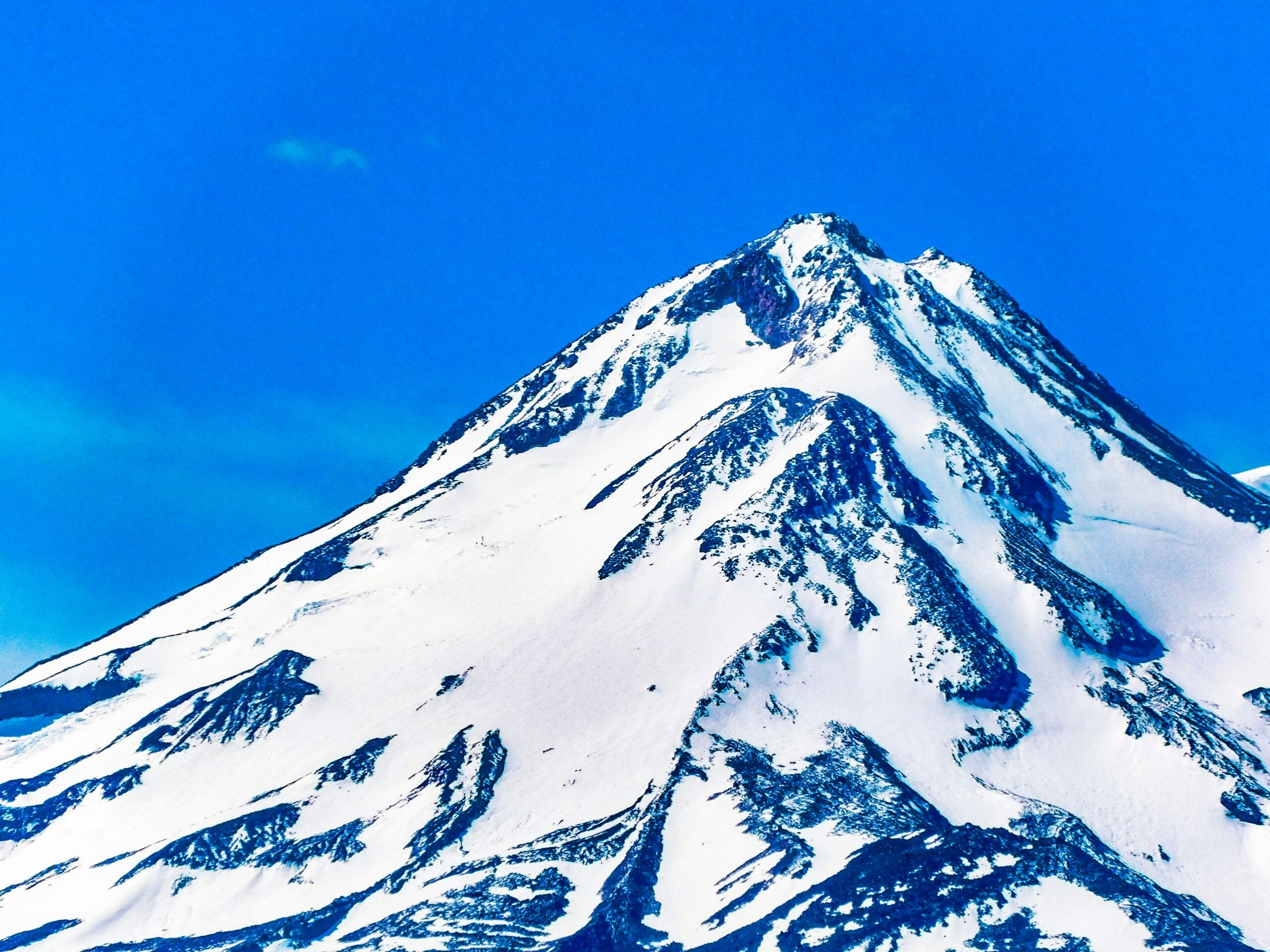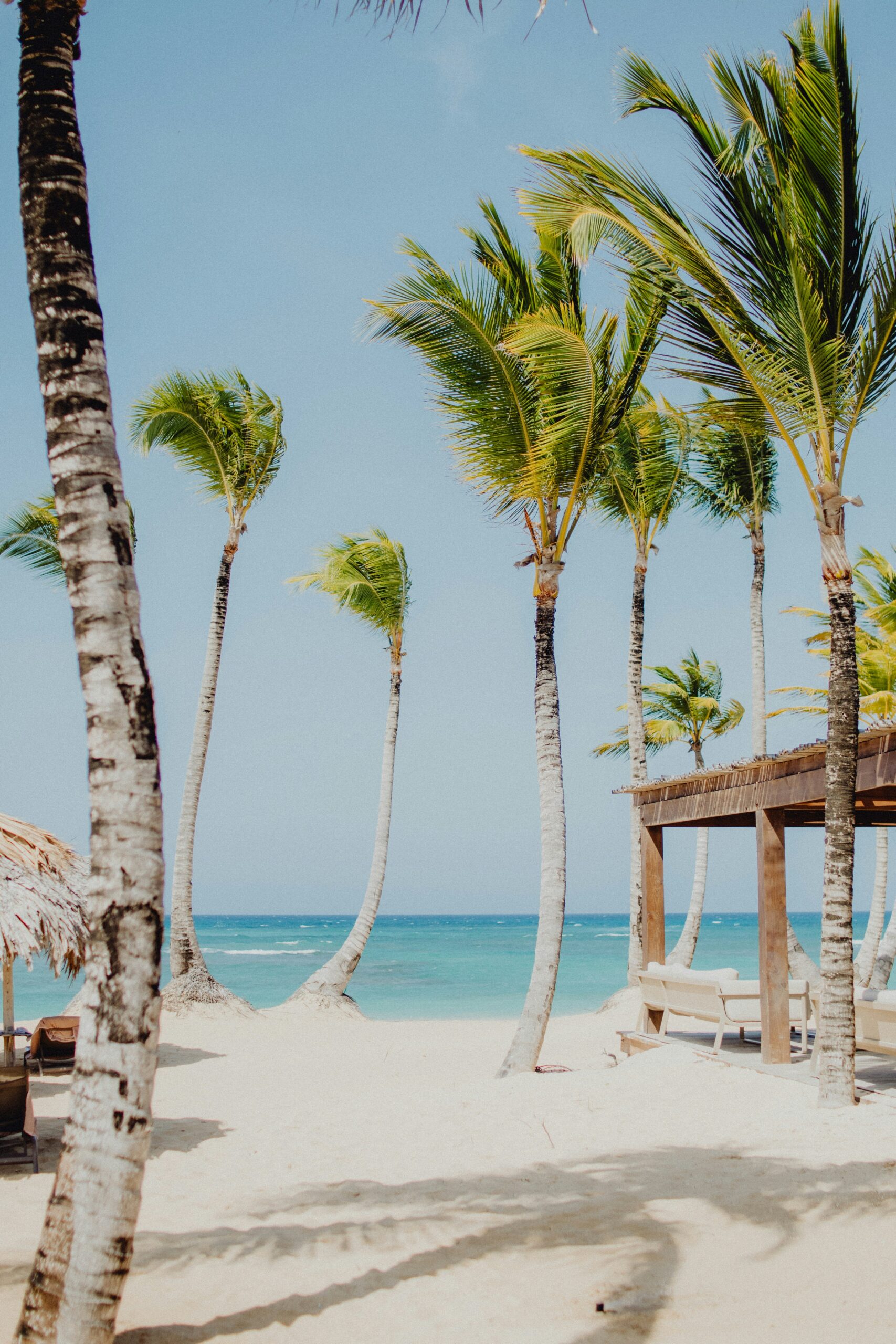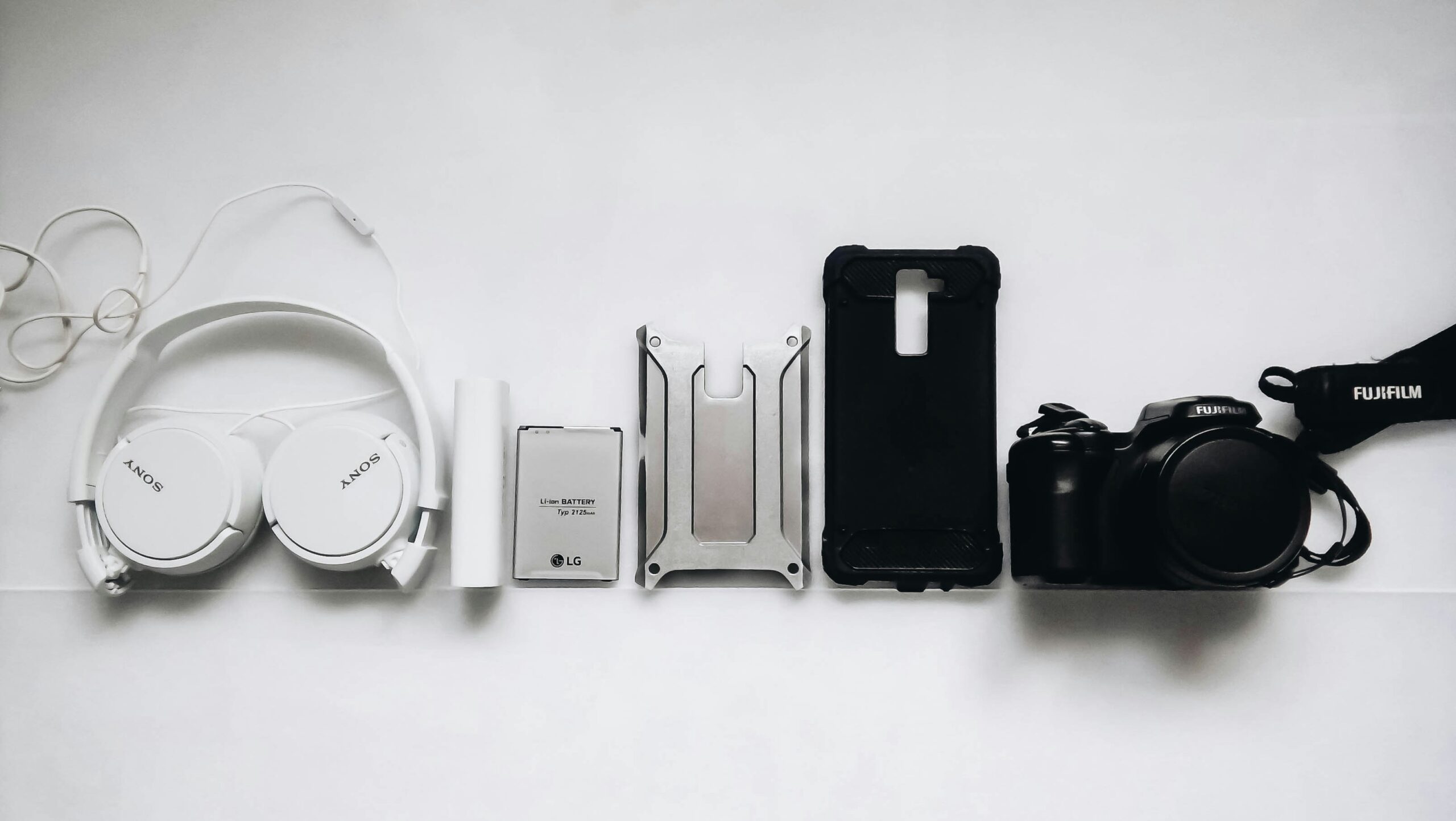Planning a trip to Mount Shasta and wondering if you can bring your own climbing equipment? Well, you're in luck! In this article, we'll explore all the details surrounding this question to ensure you're fully prepared for your thrilling adventure. Whether you're a seasoned climber or a novice looking to conquer new heights, we'll cover everything you need to know about bringing your own gear to Mount Shasta. So, let's get started and discover how to make your climbing experience on this majestic mountain truly unforgettable.

Understanding Mount Shasta's Climbing Landscape
Mount Shasta, located in Northern California, is a majestic and iconic peak that attracts climbers from all over the world. Its popularity as a climbing destination can be attributed to several factors. Firstly, Mount Shasta offers a wide variety of climbing routes that cater to climbers of different skill levels, from beginners to advanced climbers. Additionally, the mountain's stunning natural beauty, with its pristine glaciers and panoramic views, adds to its allure.
The typical climbing routes and their difficulty levels
Mount Shasta boasts multiple climbing routes, each with its unique characteristics and difficulty levels. The most popular route is the Avalanche Gulch, which is considered the standard route for climbers. It offers a moderately challenging climb and is suitable for both beginners and experienced climbers.
For those seeking a more challenging climb, the West Face route provides a thrilling adventure. With its steep couloirs and exposed ridges, this route requires advanced climbing skills and experience. Another route worth mentioning is the Casaval Ridge, known for its technical difficulty and breathtaking views. This route demands a high level of climbing proficiency and should only be attempted by experienced climbers.
Importance of Climbing Equipment on Mount Shasta
When it comes to climbing Mount Shasta, having the right equipment is paramount for ensuring your safety during the climb. The mountain's rugged environment, unpredictable weather conditions, and high altitude demand that climbers equip themselves with proper gear. Climbing equipment not only helps mitigate potential risks but also enhances your overall climbing experience.
The role of equipment in ensuring safety during the climb
Climbing equipment plays a crucial role in safeguarding climbers against potential hazards on Mount Shasta. It provides protection against falls, helps navigate tricky terrain, and ensures stability on icy slopes. Equipment such as helmets, harnesses, crampons, and ice axes are essential for maintaining balance and preventing injuries. Additionally, the right clothing, including waterproof and insulated layers, is vital for protecting against extreme weather conditions.
The essential pieces of climbing gear for Mount Shasta
To tackle Mount Shasta's climbing challenges, several essential pieces of gear are necessary. Firstly, a sturdy and well-fitted climbing helmet is crucial for protecting your head from falling debris or accidental falls. A harness with proper fitting and adjustable leg loops is essential to ensure comfort and safety during the climb.
Crampons, ice axes, and mountaineering boots are indispensable for navigating the mountain's icy slopes. These provide traction and stability, allowing climbers to traverse safely. Along with these, a backpack with sufficient storage capacity is necessary for carrying essentials such as food, water, extra layers, and first aid supplies. Don't forget to bring a reliable rope, carabiners, and slings for anchoring and belaying purposes.
Can You Bring Your Own Climbing Equipment
The guidelines regarding bringing personal climbing gear to Mount Shasta vary depending on the specific climbing permit regulations and the route you plan to undertake. Generally, climbers are allowed to bring their own equipment as long as it meets the required safety standards. However, it is essential to check the guidelines provided by the managing authorities or consult with experienced climbers who have previously climbed Mount Shasta.
Understanding the guidelines on bringing personal climbing gear
Before bringing your own climbing equipment, it is essential to familiarize yourself with the guidelines set forth by the Mount Shasta Ranger District or any other relevant authority. These guidelines ensure the safety of climbers and protect the delicate alpine environment. They may include specific requirements for gear such as helmet certifications, recommended rope lengths, or restrictions on certain types of equipment.
Is it allowed to bring your own equipment
In most cases, climbers are permitted to bring their own climbing equipment to Mount Shasta. However, it is important to note that some restricted areas or more technically challenging routes may require additional permits or specific gear requirements. It is advisable to check with the appropriate authorities or local climbing organizations to ensure compliance with any regulations or restrictions.
Checklist of Climbing Equipment for Mount Shasta
To ensure you have everything you need for a successful climb on Mount Shasta, it is essential to have a comprehensive checklist of climbing gear. The following are vital pieces of climbing equipment:
- Helmet: A well-fitted climbing helmet to protect against falling debris.
- Harness: A comfortable and adjustable harness for secure attachment to the rope.
- Crampons: Ice traction devices that attach to your boots for increased grip on icy surfaces.
- Ice Axe: An essential tool for self-arrest on steep slopes and ice climbing.
- Mountaineering Boots: Sturdy boots with ankle support and insulation for cold weather.
- Backpack: A durable and spacious backpack to carry essential climbing gear and supplies.
- Rope: A dynamic climbing rope with the appropriate length for your climbing route.
- Carabiners and Slings: These are essential for attaching equipment and anchoring during climbs.
The specific equipment required may vary depending on the chosen climbing route and personal preference. It is crucial to research and consult experienced climbers to determine the necessary gear for your Mount Shasta expedition.
Specific equipment necessary for different routes
Different climbing routes on Mount Shasta may have specific gear requirements based on their difficulty level and terrain characteristics. For example, the Avalanche Gulch route may necessitate only basic mountaineering gear and a standard rope length. However, more technical routes like the West Face or Casaval Ridge may call for specialized equipment such as ice screws, rock protection, or additional rope lengths.
It is vital to research the specific requirements for your chosen route and consult experienced climbers who have tackled that particular route. Their insights can help you determine the specific equipment necessary to tackle the challenges of your desired climb.

Assessing Your Climbing Equipment
Before embarking on your Mount Shasta climb, it is imperative to assess the suitability of your climbing gear for the specific conditions you will encounter. Different factors such as equipment condition, functionality, and compatibility can significantly impact your climbing experience and safety.
Ensuring your gear is suitable for Mount Shasta's conditions
Mount Shasta's varying weather conditions and challenging terrain demand that your climbing gear is up to the task. Inspect your equipment thoroughly and ensure it is in good working condition. Check your helmet for cracks or damage, your crampons for sharp points, and harness for any signs of wear. Test your rope for any weaknesses or fraying and make sure carabiners and slings are in good shape.
Pay attention to the specific features of your gear that are essential for Mount Shasta, such as insulation in mountaineering boots and crampon compatibility. If essential gear is missing or compromised, it is crucial to replace or repair it before your climb to ensure your safety.
The lifespan of climbing equipment
Climbing equipment has a limited lifespan due to wear and tear, exposure to extreme conditions, and technological advancements. It is essential to regularly evaluate and assess the condition of your gear, especially if you have been using it for an extended period. Some gear items may need to be replaced more frequently than others due to their level of usage and potential degradation.
Helmets, for example, should be replaced after a significant impact or every five years, even without visible damage. Ropes should be retired after a certain number of falls or when they show signs of weakness. It is crucial to stay informed about current industry standards and recommended lifespan guidelines for specific climbing gear to prioritize your safety.
Renting vs. Bringing Your Own Climbing Gear
When planning your Mount Shasta climb, you may need to decide between renting climbing gear or bringing your own. Both options have their advantages and considerations that can influence your decision.
The advantages of bringing your own gear
Bringing your own climbing gear can offer several advantages. Firstly, using gear that you are familiar with and have experience using can provide a sense of confidence and comfort during the climb. Personal gear ensures a proper fit and reduces the risk of using improperly sized or uncomfortable rental equipment.
Additionally, bringing your own gear allows for more efficient packing and eliminates the need to spend time searching for rental services or potentially encountering availability issues during peak climbing seasons. Having your own gear readily available also allows you to plan your climb more flexibly and adapt to changing weather conditions.

Cost comparison between renting and bringing your gear
The cost comparison between renting climbing gear and bringing your own gear depends on various factors. Renting climbing gear can be a cost-effective option, especially if you are a beginner or infrequent climber who does not want to invest in expensive equipment. Rental services often provide package deals, so you can rent multiple items at a discounted rate.
On the other hand, if you are a frequent climber or plan to tackle multiple routes not covered by rental packages, investing in your own gear may be more cost-effective in the long run. While there is an initial upfront cost, owning your gear eliminates the need to pay rental fees each time you climb. Additionally, well-maintained gear can retain its value, and you may choose to sell or trade equipment in the future.
Local Climbing Gear Rental Options
If you choose to rent climbing gear for your Mount Shasta climb, there are several local rental options available in the area. These rental services cater to climbers of different skill levels and offer a wide range of gear, ensuring you have access to the equipment you need for a successful climb.
Local climbing gear rental services can provide you with everything from helmets and harnesses to boots and crampons. Some rental services even offer additional equipment such as ice axes, avalanche safety gear, and technical climbing gear for more advanced routes. It is advisable to research and contact rental providers in advance to inquire about availability, pricing, and recommended gear for your chosen route.
Sourcing climbing gear locally in Mount Shasta
If you prefer to purchase climbing gear locally in Mount Shasta, there are several outdoor retail stores and specialty climbing shops to choose from. These establishments offer a wide selection of climbing gear, including top-quality brands and the latest equipment.
When purchasing gear locally, you have the advantage of personalized assistance and expert advice from knowledgeable staff who can help guide your gear selection based on your climbing goals and specific requirements. These local stores often have a comprehensive inventory of climbing gear, ensuring you find everything you need in one place.
Packaging Your Equipment for Travel
Once you have gathered all the necessary climbing gear, it is essential to know how to properly pack and transport it, whether you are traveling by plane or car. Adequate packaging ensures your gear remains protected and intact throughout the journey.
How to pack your gear for travel by plane or car
When traveling by plane, it is crucial to check the airline's specific policies regarding transporting climbing gear. Familiarize yourself with any size or weight restrictions, as well as rules regarding prohibited items such as sharp objects or chemical substances. Pack your gear securely in a durable and appropriately sized bag, ensuring that fragile items are adequately protected.
If you are transporting your climbing gear by car, it is advisable to use sturdy containers or duffel bags that can withstand potential shifting or jostling during the journey. Arrange your gear in a manner that ensures it remains organized and prevents any damage caused by items rubbing against each other.
Understanding airline policies for transporting climbing gear
Different airlines may have varying policies when it comes to transporting climbing gear. Some airlines may consider certain gear items, such as ice axes or crampons, as potential hazards and require them to be checked in rather than carried on board. Others may allow these items as carry-ons, subject to specific guidelines on size and weight restrictions.
It is essential to review the airlines' policies beforehand to avoid any surprises or last-minute adjustments. Contact the airline directly or check their website for specific information regarding climbing gear transportation. Additionally, consider labeling your gear bag as “fragile” or “special handling” to ensure appropriate care is taken during the journey.
Importance of Skill Level and Experience in Choosing Gear
When selecting climbing gear for your Mount Shasta climb, it is crucial to consider your skill level and experience. Each climbing route presents its unique challenges and requires specific gear suited to those challenges.
Factors to consider based on climbing skill level
Beginners may focus on selecting gear that offers maximum safety and ease of use. This includes helmets with additional impact protection, comfortable harnesses with user-friendly buckles or adjustments, and high-traction crampons that provide stability on icy terrain.
Intermediate and advanced climbers may prioritize lightweight gear, technical equipment, and higher-performance clothing. This includes advanced harnesses with additional gear loops, lightweight and durable crampons, and technical ice axes designed for precision and efficiency.
Why experience matters in the choice of gear
Experienced climbers possess a deeper understanding of their climbing style, preferences, and the technical demands of different routes. This knowledge allows them to select gear that aligns with their specific needs and maximizes their performance on the mountain.
Advanced climbers may invest in specialized gear tailored to their climbing style, such as ultralight harnesses, technical ice tools, or specialized clothing systems designed for arduous alpine conditions. Their experience allows them to evaluate gear features and capabilities to enhance their efficiency, comfort, and safety during their Mount Shasta climbs.
Climbing Safety Precautions Beyond Gear
While having the right climbing gear is crucial for Mount Shasta, climbers must also adopt additional safety measures to ensure a successful and safe climb. Understanding the risks associated with climbing Mount Shasta and taking appropriate precautions can significantly enhance your overall climbing experience.
Understanding the risks associated with climbing Mount Shasta
Mount Shasta presents several inherent risks and challenges that climbers must be aware of. These include rapidly changing weather conditions, potential avalanches, crevasses in certain routes, and the risk of altitude sickness. Being knowledgeable about these risks and understanding their implications is vital for minimizing hazards and making informed decisions.
What safety measures to adopt apart from using the right gear
In addition to having the right climbing gear, climbers on Mount Shasta should consider the following safety measures:
-
Proper acclimatization: Allow your body to adjust to the altitude gradually, spending a day or two at the base camp or a lower elevation before attempting the climb.
-
Good physical condition: Maintain a regular fitness routine and engage in cardiovascular exercise to improve endurance and strength, which are crucial for a successful climb.
-
Navigation skills: Familiarize yourself with the climbing route and carry detailed maps, compass, or GPS devices to ensure proper navigation on the mountain.
-
Avalanche safety: Learn basic avalanche awareness and rescue techniques, carry avalanche safety gear, and stay informed about current avalanche conditions.
-
Weather monitoring: Continuously monitor weather forecasts and be prepared to change or abort your climb if severe weather conditions develop.
-
Buddy system: Climb with a partner and maintain constant communication with each other. Look out for signs of fatigue, altitude sickness, or other health issues.
-
Emergency preparedness: Carry a well-stocked first aid kit, know basic first aid techniques, and be familiar with emergency communication devices such as satellite phones or emergency beacons.
By taking these safety measures and being prepared beyond having the right gear, climbers can significantly reduce the risks associated with Mount Shasta climbing. Safety should always be the top priority when embarking on any climbing expedition.
In conclusion, Mount Shasta's climbing landscape offers a thrilling and rewarding experience for climbers of all levels. Understanding the different climbing routes, importance of climbing equipment, and the guidelines for bringing your own gear is essential for a successful and safe climb. Whether you choose to rent or bring your own gear, ensuring that it is suitable for Mount Shasta's conditions and observing safety precautions beyond gear is crucial. By being well-prepared and informed, you can embark on an unforgettable adventure on Mount Shasta while prioritizing your safety and enjoyment.
